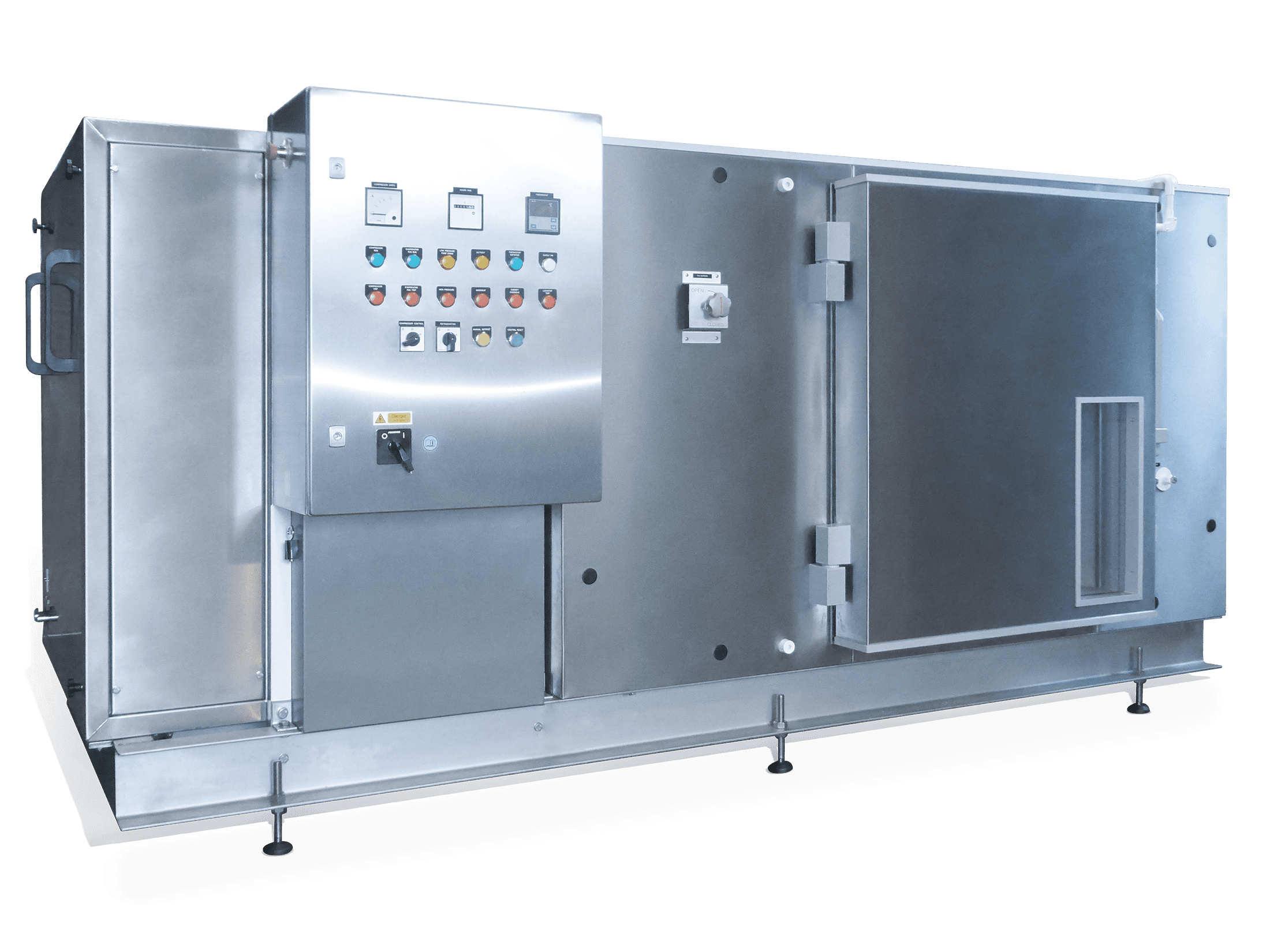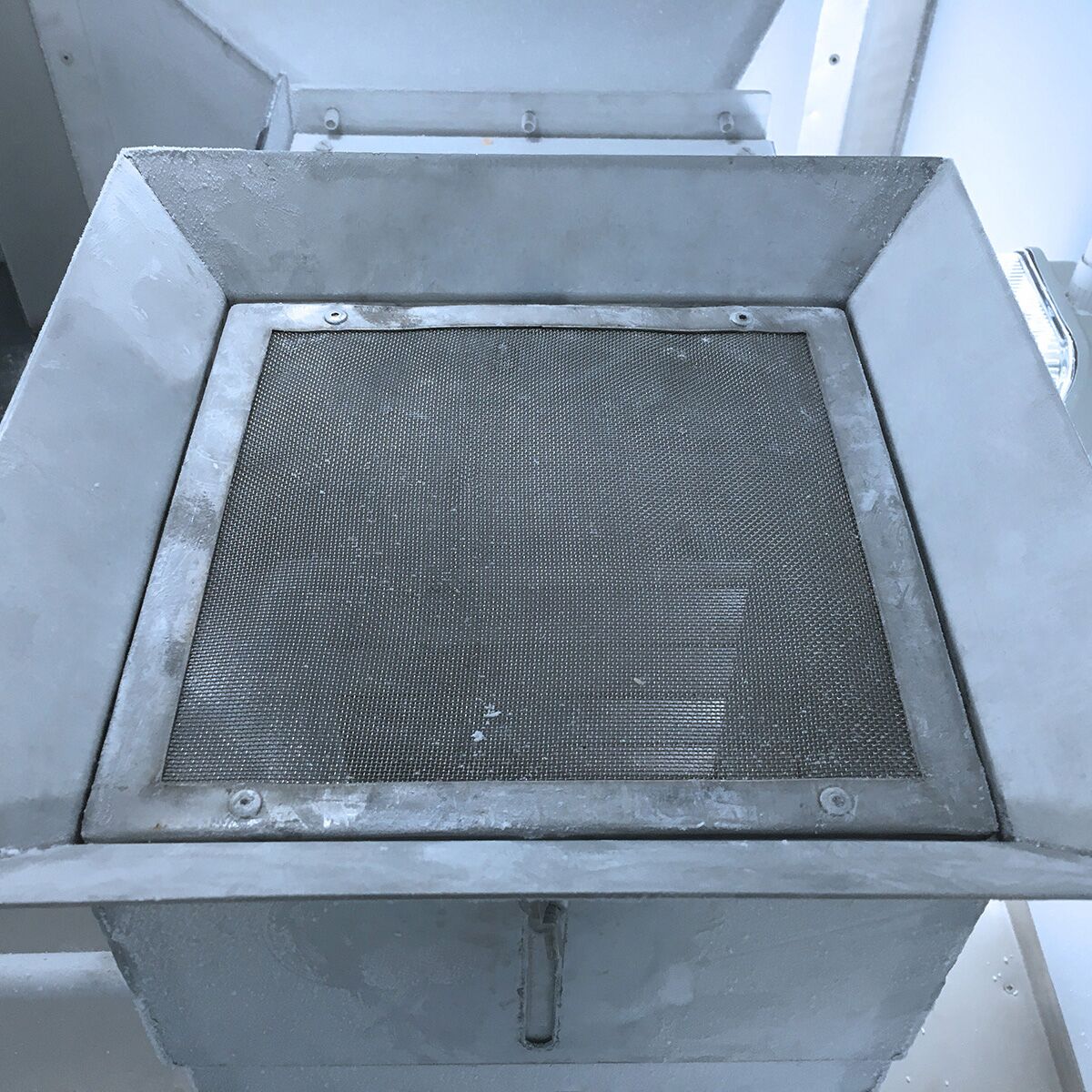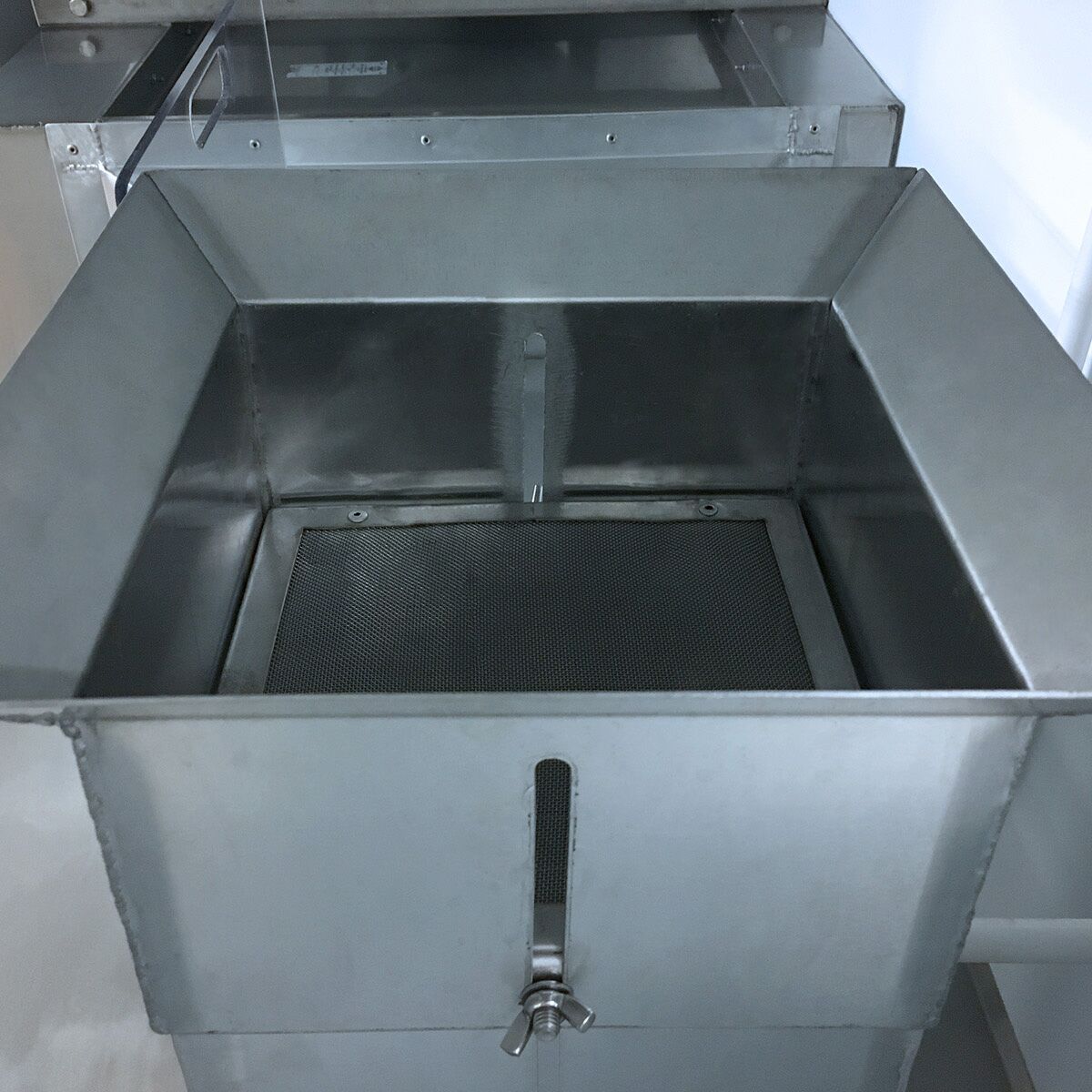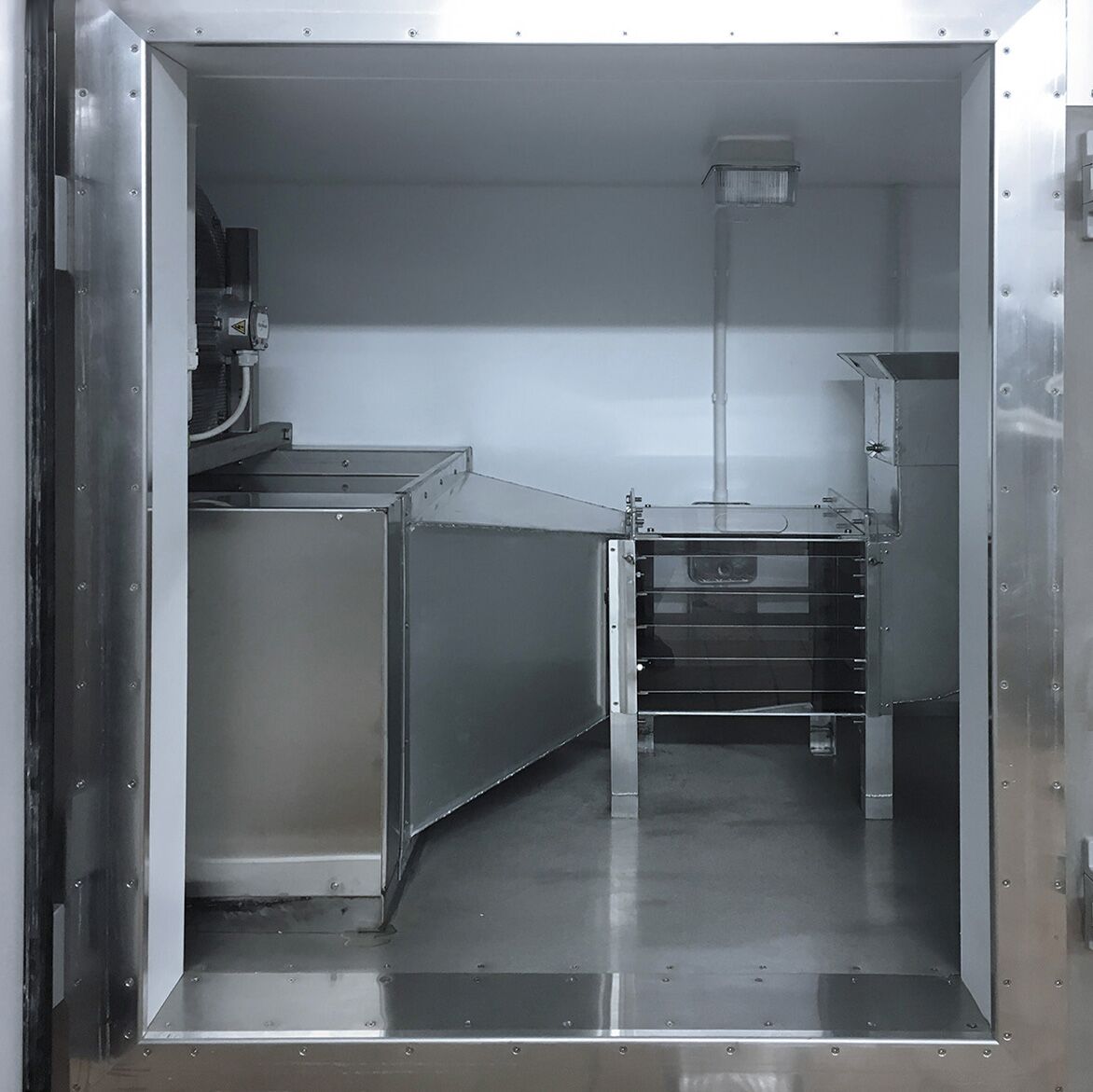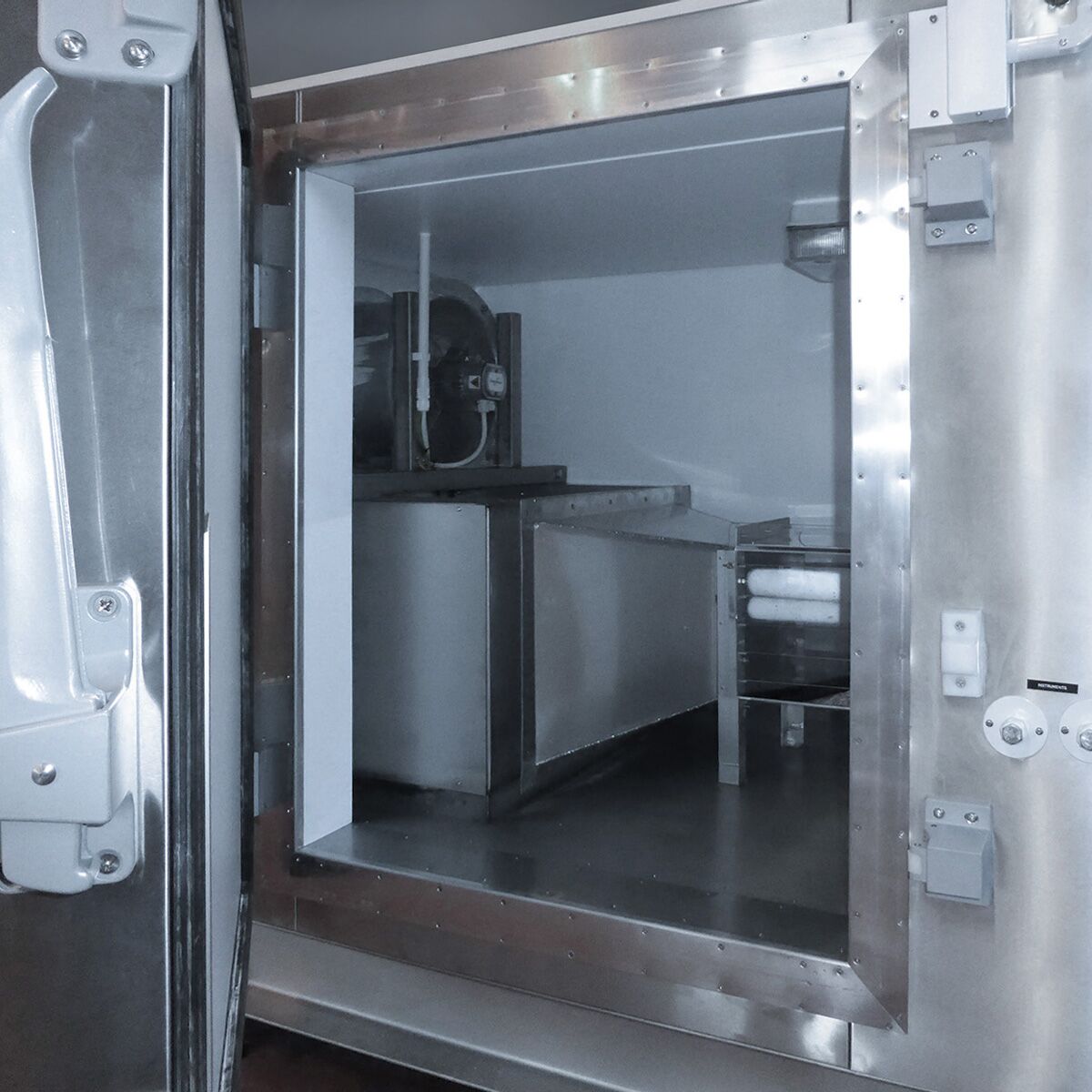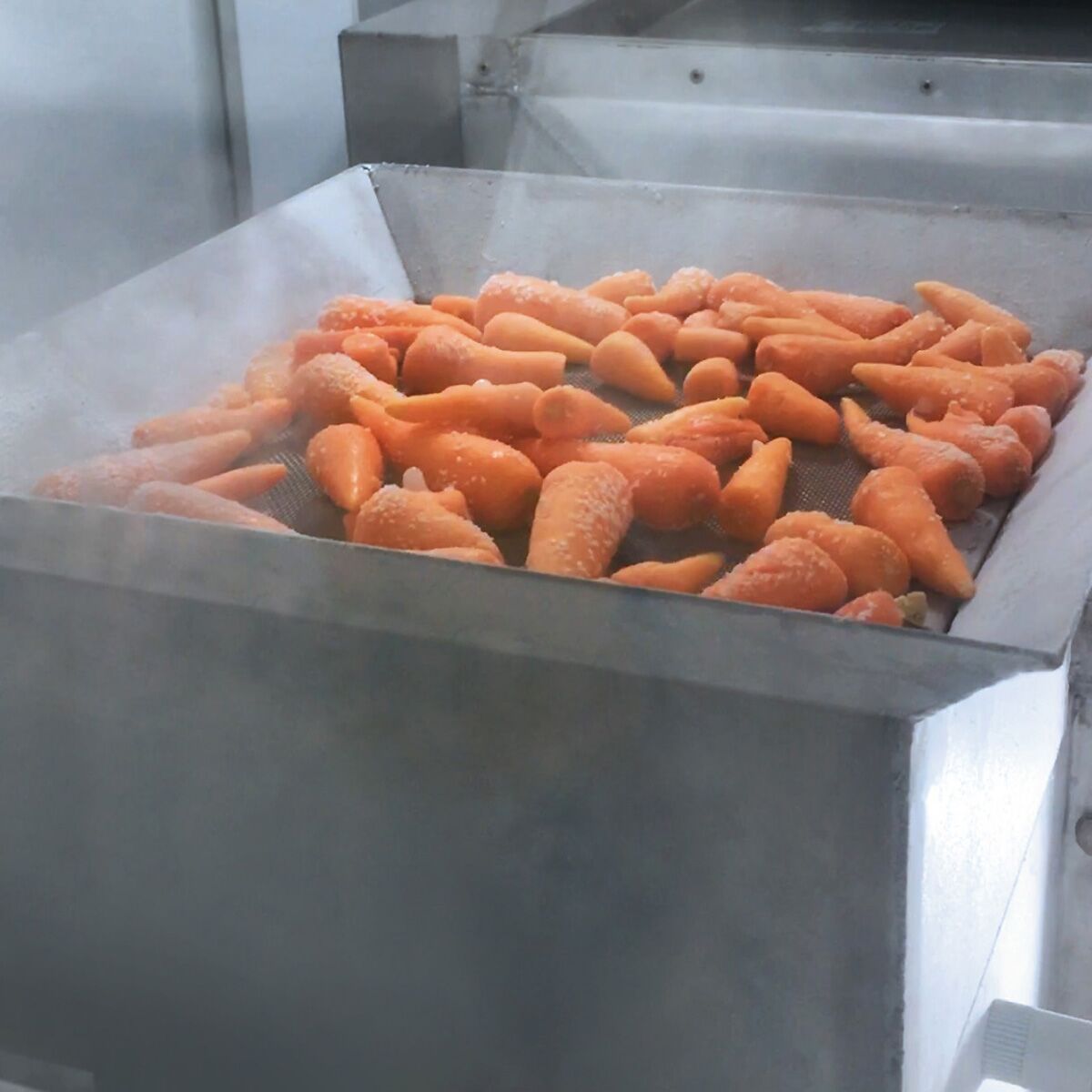FT36 Blast and Fluid Bed Freezer
The Armfield Blast and Fluid Bed Freezer combines these two important industrial processes into one scaled-down freezer cabinet.
Description
The blast freezer and fluid bed sections are contained inside an insulated cabinet along with the fan and evaporator. Access doors to both sections are fitted with observation windows and an electrically heated surround to prevent the doors from freezing in the closed position. Inside the cabinet, a fan with adjustable impeller transports air from the interior of the cabinet into the freezer ducting and through the evaporator tube bank where it transfers heat to the refrigerant.
The air, now reduced in temperature, passes through the tray section, which can be observed through a removable Perspex panel. It then changes direction and passes vertically up through the fluid bed section, back into the cabinet space where it is again circulated by the fan.
The blast freezer section contains five trays on to which the food samples to be frozen are placed. There is a facility for thermocouple sensor leads to pass into the ducting and through the cabinet wall so that freezing temperatures and rates can be monitored externally. There is a facility for a suitable anemometer to be inserted into the ducting to allow the air speed to be measured.
The compressor supplying the refrigerant to the evaporator is located externally on the same framework as the cabinet, as in the control system.
Air flow rate is varied by external control of a damper system and required air temperature is set externally using a microprocessor-based controller.
A floor-standing, insulated freezer cabinet incorporating both blast and fluid bed freezer capabilities. Observation/access doors for both sections having heated perimeters to prevent freezing in closed position. Blast freezer section having five removable stainless steel trays and a polycarbonate observation/loading section.
A 1.1kW axial flow fan blows air from the cabinet interior through an evaporator tube bank where the air is chilled. Refrigerant (R502) is circulated to the evaporator by an externally mounted 4kW compressor which is water cooled. The chilled air is guided via an aluminium duct to the blast freezer section at velocities up to 10 m/s. This velocity can be varied by external adjustment of a ‘damper’ system in the ducting. After the blast freezer section, the ducting turns vertically upward and terminates with a 0.23m x 0.23m fluid bed section with adjustable surround. The chilled air then flows into the cabinet space to be recirculated by the fan.
Cabinet temperature is controlled by an external microprocessor controller down to a minimum of -35°C.
Technical Specifications
Max air velocity: 10 m/s
Minimum cabinet temp: -35°C
Blast freezer section
Number of trays: 5
Cross-section of duct: 0.3m x 0.3m
Fluid bed section
Area of fluid bed: 0.05m2
Fluid bed surround height: Adjustable to 100mm
Evaporator fan: 1.1kW
Compressor (water cooled): 4.0kW
Features & Benefits
- Detailed study of batch blast freezing process
- Study of fluid bed freezing
- Effect of air velocity
- Effect of air temperature
- Simulation of the production scale process
- Rapid freezing of food simulating production scale processes
- Investigations of temperature changes within foods and similar items over varying times can be examined on the small batch scale
- Stainless Steel option (Enamelled as standard).
Electricity supply:
- Three phase (see ordering codes)
- Water: The water supply must have a line pressure of not less than 3.0 bar and a flow capacity of more than 25 l/min @ 3 bar at 20°C.
Packed and created shipping specifications
Volume: 10.0m3
FT20-20: 1,225Kg
Length: 3.30m
Width: 1.80m
Height: 1.70m
FT36-C: 415V / 3ph / 50Hz
FT36-D: 208V / 3ph / 60Hz
FT36-E: 380V / 3ph / 50Hz
FT36-F: 220V / 3ph / 60Hz
